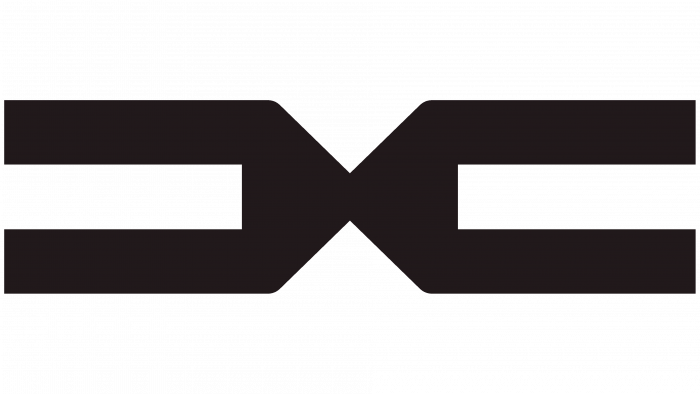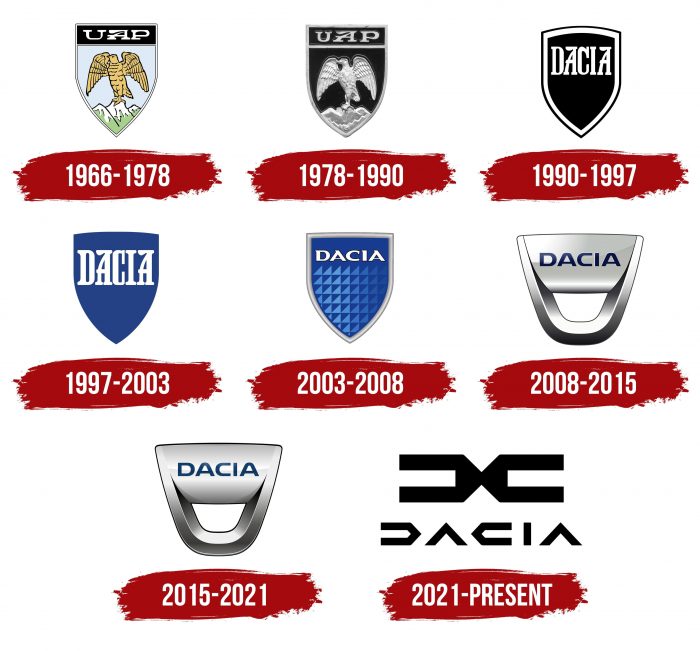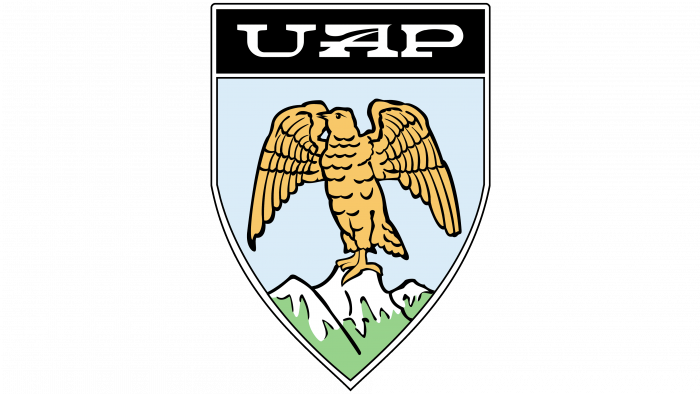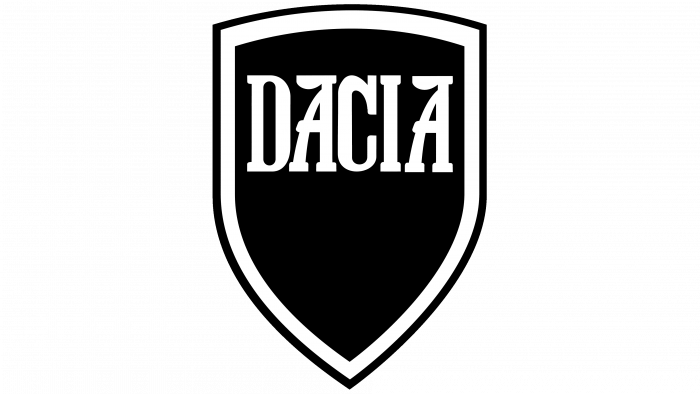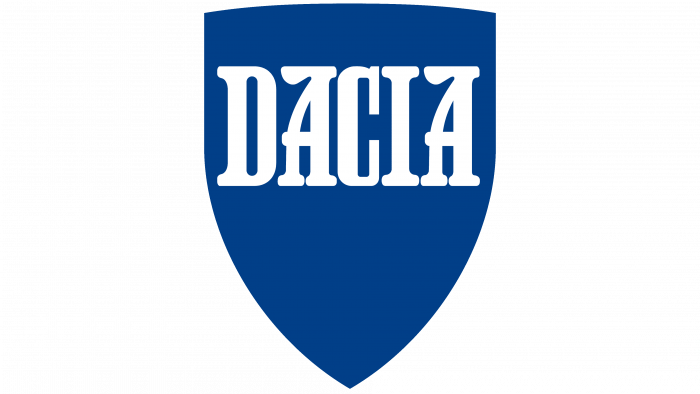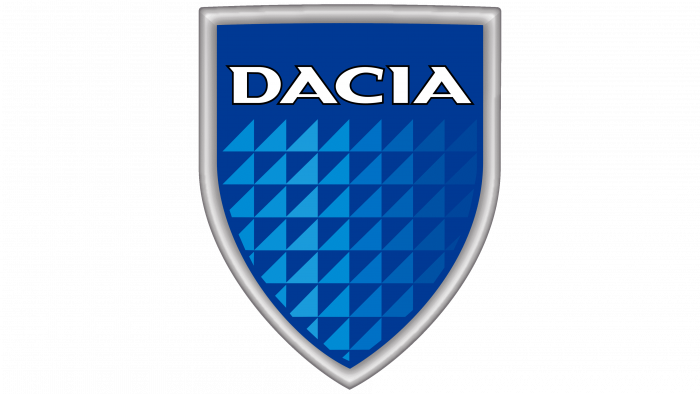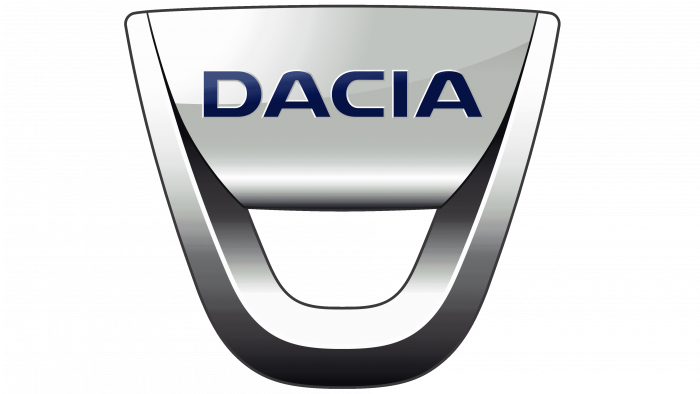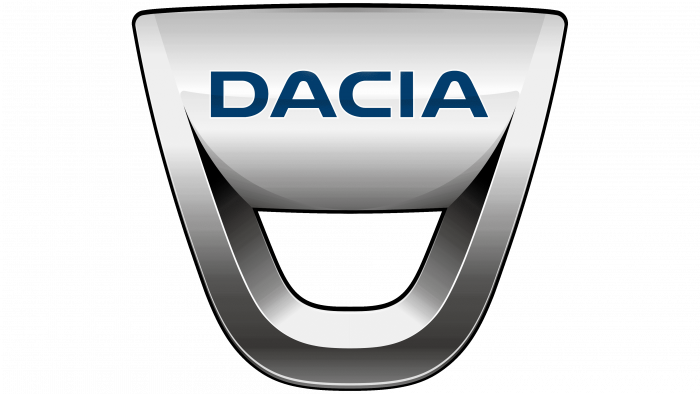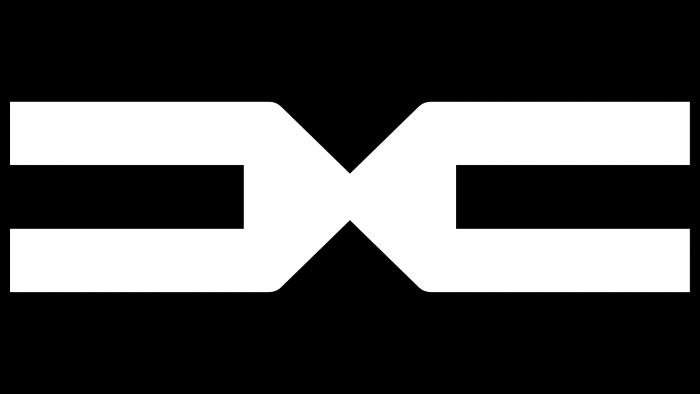The brand’s cars ideally go on any road, says the Dacia logo. It is a practical and convenient transport for daily movement. The emblem encodes information about the durability, strength, and reliability of machines.
Dacia: Brand overview
| Founded: | 1966 |
| Headquarters: | Mioveni, Argeș, Romania |
| Website: | dacia.ro |
Dacia is the most famous car brand from Romania, which is of great importance for the country, as its contribution to the national economy is very significant. It is the largest exporter and one of the most impressive companies in the domestic market. The company was founded in 1966 and after 33 years passed into the ownership of the French concern Groupe Renault. Since the beginning of 2021, the brand has entered the Renault Dacia-Lada business group structure, to which it belongs. The headquarters are located in the town of Mioveni in Arges county.
Although the car manufacturer appeared in Romania in the second half of the 20th century, it already had the experience and base for a wide range of technical production. The fact is that there were enterprises in the region that were opened during World War II by order of Marshal Ion Antonescu. And since the company was located near the village of Pitesti, it was called Uzina de Autoturisme Pitesti (UAP), which was reflected in the logo. The main plant was built later, in 1968, in Mioveni.
Then the company got down to work directly, choosing as a sample the basic design of the Renault 12, which it had previously acquired. But before the full preparation of the industrial site and its equipment, the plant focused on the Renault 8 model, purchased under license. The Romanians released it under the name Dacia 1100. There was also a variant of the 1100S, equipped with a powerful engine and twin headlights. It was intended for motorsport and police.
Meaning and History
Year after year, the automaker’s range was replenished, improved, and found more and more demand abroad. In the winter of 2021, the French brand owner announced the merger of the two brands into a new division. These included Dacia and Lada. At the same time, the logo was redesigned, which completely changed its shape. Moreover, Dacia was chosen as the main brand to expand the coverage of various automotive market segments.
What is Dacia?
Dacia is an affordable car manufacturer from Romania. Officially named S.C. Automobile Dacia S.A., it was named after the ancient Dacian Kingdom, which existed until 106 AD. The company was established in 1966, and two years later, it opened a factory and began producing Renault 8 cars under license. Initially, the cars were intended for the domestic market, but they later began exporting to other countries. In 1999, the Dacia brand was acquired by Groupe Renault.
1966 – 1978
The first logo features a classic shield with a wide top and a narrow bottom ending with a sharp point. The interior space is divided into two parts: with the plant’s name and the image of an eagle at the top of the mountain ranges. The first name’s abbreviation is used as the text – Uzina de Autoturisme Pitesti (UAP). The symbols are curly, large, with serifs. The “A” has a teardrop stroke at the top left. “U” and “P” have a very wide in-letter gap. The signs are white and located on a black rectangular background. The lower zone is occupied by three mountain peaks covered with snow caps. On the middle of them stands a large bird with spread wings.
1978 – 1988
The second emblem is the same as the first, but only in monochrome. It does not have the colorfulness that the first logo had. Therefore, instead of beige, blue, and mint, gray, white and black are used. The bird, frame, and mountains are silvery, the letters and the dividing line are white, the background is black. In addition, all elements have received a three-dimensional volume and appear convex.
1988 – 1997
In 1990, the brand was rebranded, after which it became known as Dacia – after the historical region where its production base is located. The developers removed all images reminiscent of this part of Romania during the redesign and replaced them with the eloquent word “Dacia.” Conceptually, it conveys the same essence that was presented in the picture with the mountains. The authors rounded the upper part of the shield a little and stretched the middle part to look harmonious. They also added two edging stripes – white (wider) and black (narrow). The style of the letters remained the same – curly, with an elongated teardrop-shaped cap at the “A.”
1997 – 2003
The designers have kept the traditional shape of the logo by simply removing the frames. They also stretched the letters a bit and replaced the black background with blue.
2003 – 2008
To bring the logo closer to the technical design, the developers added many triangles to the shield, the apex is turned in one direction, and they stand on the edge. Due to this visual effect, the logo has a three-dimensionality. The font was changed for the first time: large serifs disappeared, and only miniature protrusions remained. The authors also added a wide gray border around the perimeter.
2008 – 2015
The first version of the modern identity of the Romanian car manufacturer was developed in 2008. It is a stylized interpretation of a traditional shield and looks like a handle on a car door. The icon is made in a metallic gloss with smooth contours. The sleek sans serif lettering is done in soft type with streamlined lettering. The new logo also looks like an inverted “A” with a rounded top. Thanks to the white edging, the brand name is visible on the gradient surface.
2015 – 2021
The designers painted the letters blue, removed the excessive darkening at the bottom, and removed the two vertical lines at the edge. As a result, the emblem looks wider, cleaner, and fresher.
2021 – today
The previously announced Dacia Bigster model was adorned with a radically different logo – exclusive and unique. It fits so harmoniously into the concept of a recently presented car that it is not even perceived as a symbol of visual identity. The badge looks like a natural pattern on the radiator grille, “embroidered” in the Romanian national style. The decor consists of the letters “D” and “C” butted together by the corner.
The inscription is complete but made of authentic symbols in the icon, decorated under the ancient letters of a geometric shape. “D” lacks a line on the left, making it look like “C.” “A” has no inner bar. Only “I” retained its previous appearance and remained as it is. Moreover, the mirrored letters look like two tuning forks turned on the side.
Dacia: Interesting Facts
Dacia, a Romanian car brand known for its practical and affordable vehicles, has made a significant mark in the auto industry. Founded in 1966 and now a part of Renault, a French car manufacturer, Dacia has seen tremendous growth, especially in Europe.
- Romanian Roots: Dacia, named after ancient Romania, started in 1966 in Mioveni, showcasing its deep connection to Romanian history.
- Renault Partnership: Early on, Dacia produced cars based on Renault designs, notably the Dacia 1300 from the Renault 12, a longtime favorite in Romania.
- Becoming Part of Renault: Renault’s acquisition of Dacia in 1999 marked a new chapter, leading to modernized production and new models for broader markets.
- The Logan Success: The 2004 Dacia Logan symbolized the brand’s revival, offering affordability, space, and reliability and gaining popularity worldwide.
- Global Reach: Dacia has also succeeded outside Europe, in places like North Africa and the Middle East, where it is known for straightforward, durable, and cost-effective cars.
- Green Initiatives: Efforts to go green include LPG model versions and the launch of the Dacia Spring Electric, touted as Europe’s most affordable electric car.
- Dacia Duster: Introduced in 2010, the Duster became a hit for offering compact SUV features at an unbeatable price and is noted for its off-road capabilities.
- Sales Milestones: Focusing on affordability hasn’t stopped Dacia from achieving record sales, significantly boosting Renault Group’s overall performance.
- Simple Yet Effective Model: Dacia’s success comes from producing functional, dependable vehicles without unnecessary extras, keeping prices low.
- Loyal Community: The brand has built a cult following, with dedicated clubs and online groups, drawing fans who value its affordability and reliability.
From its origins as a local manufacturer to becoming a notable name in the global car market, Dacia’s story reflects its commitment to meeting drivers’ needs without compromising quality or value. Its blend of Renault’s backing and a focus on essential, quality cars continues to attract customers looking for practical, economical vehicles.
Font and Colors
The brand strictly adheres to the principle of originality and selects only authentic signs associated with the area where the plant is located. Dacia was the name of a part of modern Romania, so the population considers itself to be the descendants of the Dacians, the Frankish tribes who occupied this area. Romanians are very proud of this fact, and out of respect, they named their car brand that way. And the debut logo depicts the Balkan mountains, where their ancestors lived.
For the emblem’s design, the designers used a typeface close to such fonts as Nulshock Bold, Kinn Bold, Tussilago Heavy. But the outlines of the letters are widened, rounded, and modernized.
Among the basic colors of the corporate palette are blue, black, silver, and white. The earliest version also has blue, mint, and beige.
Dacia color codes
| Black | Hex color: | #000000 |
|---|---|---|
| RGB: | 0 0 0 | |
| CMYK: | 0 0 0 100 | |
| Pantone: | PMS Process Black C |
